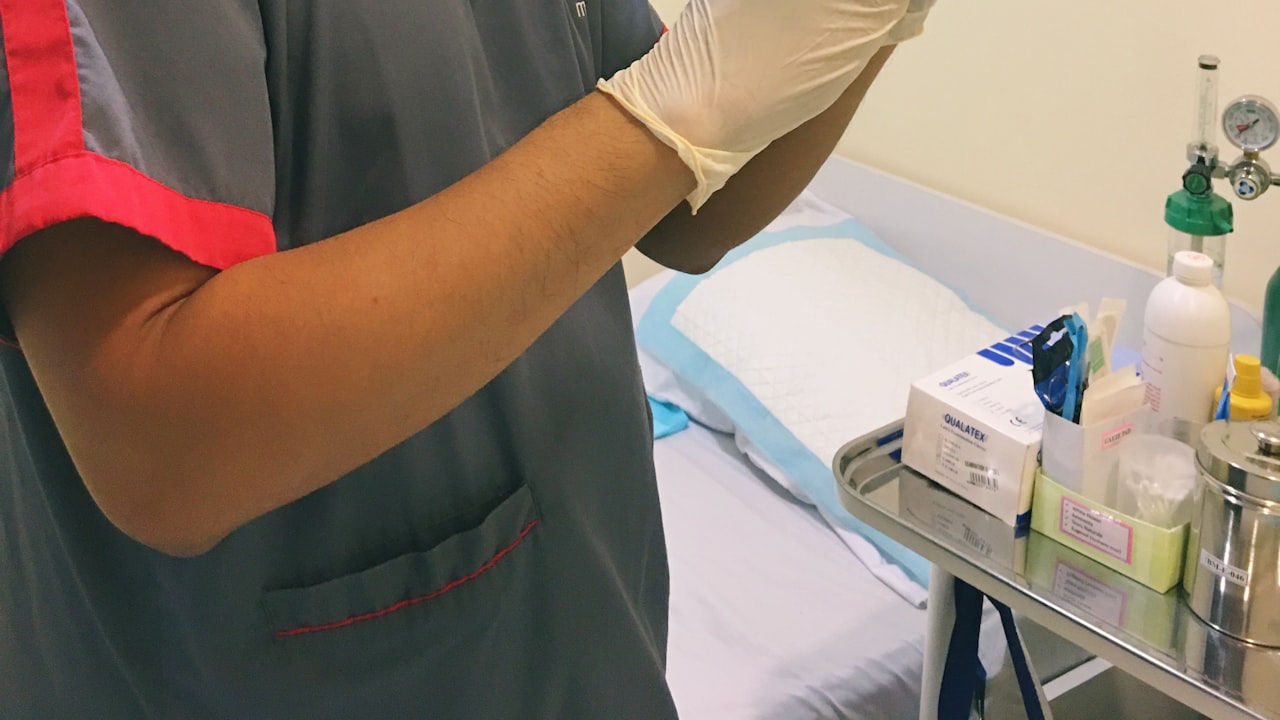Title: Designing Precision Injection Molds: A Comprehensive Guide
In the manufacturing industry, injection molds play a crucial role in the production of various plastic parts and products. An essential aspect of manufacturing these molds is precision in design to ensure the quality and accuracy of the final products. This article will delve into the intricate process of designing injection molds and explore the key components that contribute to their effectiveness.
The first step in designing precision injection molds is to understand the specific requirements of the product to be manufactured. This involves collaborating closely with the client or the product designer to gather all necessary details, such as dimensions, material specifications, and production volume. Clear communication and a thorough understanding of the project goals are vital in this initial phase.
Once the requirements are established, the design team at the injection mold factory begins the process of creating the mold concept. Using advanced computer-aided design (CAD) software, the engineers can develop detailed 3D models that encompass all the intricate features of the final product. The design must take into account factors such as parting lines, draft angles, and gate locations to ensure smooth and efficient production processes.
Precision is paramount in injection mold design, as even minor deviations can lead to defects in the final product. Advanced simulation tools are employed to analyze the mold design and predict potential issues like warping, sink marks, or air traps. By simulating the injection molding process virtually, engineers can identify and rectify any design flaws before the mold goes into production.
Collaboration with trusted injection mold suppliers is crucial to ensuring the successful realization of the design. The supplier’s expertise in mold making and injection molding processes can provide valuable insights and recommendations for optimizing the design for manufacturability. Regular communication and feedback between the design team and the supplier are essential to refining the mold design for optimal performance.
In conclusion, designing precision injection molds requires a meticulous approach, attention to detail, and close collaboration between all stakeholders involved. By following a comprehensive design process, utilizing advanced technologies, and partnering with experienced suppliers, manufacturers can achieve high-quality molds that meet the stringent requirements of modern production processes.

 Title: Designing Precision Injection Molds: A Comprehensive Guide
Title: Designing Precision Injection Molds: A Comprehensive Guide